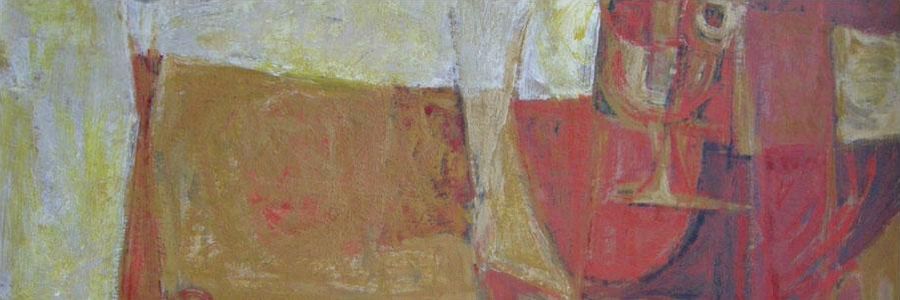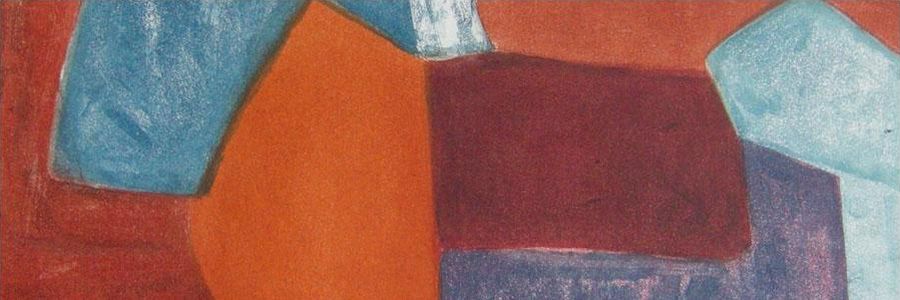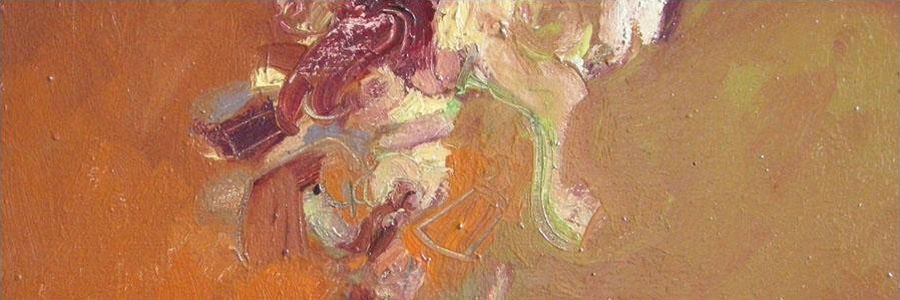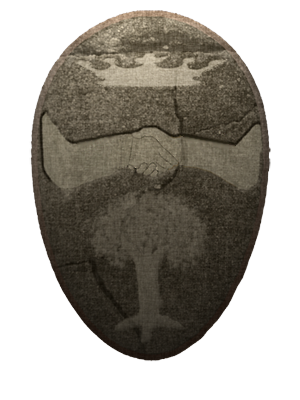









Houghton Cranford-SmithHoughton Cranford-Smith (American 1887-1983)
"...Smith's artistic career up to 1930 paralleled that of many American artists growing up in the wake of Impressionism. After displaying an artistic proclivity during his early education in Brooklyn and New Jersey, Smith enrolled in the Art Students League in New York. Shortly thereafter, he attended the Cape Cod School of Art in Provincetown, Massachusetts, which provided his artistic mentors: Charles W. Hawthorne, the school's founder, and E. Ambrose Webster. The influence of his Provincetown education is reflected in Smith's Impressionistic landscapes created with bold brushstrokes and vibrant color combinations. Born into a family of considerable means, Smith was able to comfortably pursue an artistic career and to travel extensively, which provided him a repertoire of terrain to paint...Throughout these early years, Smith's style remained Impressionistic.
In 1930, however, the artist's landscapes evidence a radical and seemingly antithetical change. The staccato brushwork of the earlier paintings is replaced by a meticulously applied, textured surface, and formerly bright, mottled colors become broad expanses of unmodulated pigment. Natural forms, previously described with loosely applied dabs of paint, are reduced to their barest geometric essentials and are articulated with unbroken contours. This dramatic metamorphosis took place, essentially, in less than one year's time. It began at the Academie de Montparnasse in Paris, where the artist attended the classes of Andre Lhote, who encouraged experimentation with Cubism and Fauvism. More importantly, however, Smith began studying with Amedee Ozenfant, whose purist aesthetic became the foundation for all Smith's subsequent work... By 1930, when Smith encountered him, Ozenfant had developed a technique of building up his canvases with many small brushstrokes. As Smith embraced the purist doctrines, he also adopted this unique method of paint application, which became one of his most significant artistic breakthroughs...
Although the Purist practices of careful brushstrokes and calculated geometric forms were seemingly in opposition to the underlying principles of Impressionism, Smith felt his new method of painting was a natural progression of his work up to that point...
IN 1933, Smith returned to New York City, not only because of the increasingly tense political climate in Europe, but also due to a unique housing opportunity. H is father, Daniel Cranford Smith, had donated a portion of his 12th Street property to the New School for Social Research, with the stipulation that permanent living quarters be built for his family. From 1934-1946, the artist, his parents, his wife, and their three children occupied the entire sixth floor of the school, and Smith was provided his own studio....
Smith had spent five years in Chile during War World I and had met his first wife, Elena, there. After Elena's death in 1938, the artist's fondness for Chile remained, and he continued to paint visions of the country in his purist style for years afterward...
After a 1941 honeymoon in Guatemala with his second wife, Laura, Smith never left America again. Although he made a few trips within the United States, and summered in New Jersey, he remained based in New York until his death in 1983... Source: "Houghton Cranford Smith, The Purist Landscapes" by Adrienne Goering. Published in 2001 by Richard York Gallery, New York Works |